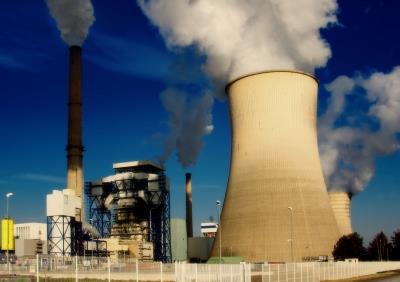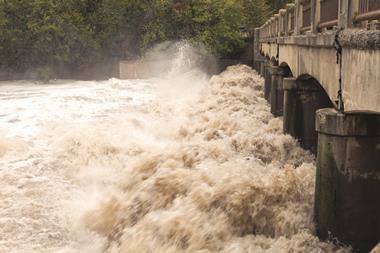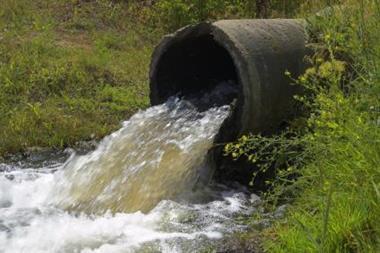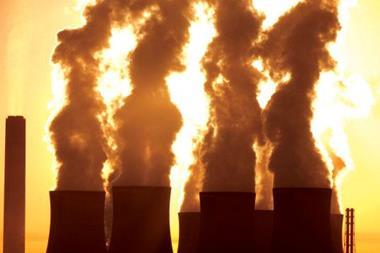With roughly $4 trillion of infrastructure waiting to be built around the world, construction companies must now tread carefully as new markets adopt stringent environment policies

You would not think that the construction of a $1.3bn data centre would cause crippling environmental disputes. But that’s what’s happened in Delaware, US, where the entire project has stalled in a mire of litigation triggered by community objections over the natural gas-powered plant that would run the centre.
Essentially, the project has fallen foul of citizens who objected to the installation of an electrical transmission line. And at last count developer TDC, which claims to have lost $200m, is suing the client, the University of Delaware, for breaking a lease agreement.
As this dispute proves, there’s two sides of the environmental coin for the construction industry. On the positive side it can create green buildings –office blocks (and data centres) to highways – that attract higher rental rates because of their impeccable environmental credentials. On the negative side it can leave a trail of damage that triggers damages claims from local and other government authorities, lobby groups and outraged citizens.
Until a few short years ago, the latter was most likely to happen in western jurisdictions where environmental issues have long been mainstream. But now countries that once tolerated a laissez-faire attitude towards pollution, damage to the landscape and the natural habitat including wild life have adopted green credentials.
Following the example of North America where directors are personally liable for environmental breaches, Latin America has lately introduced a torrent of laws that impose much higher obligations on construction companies, especially in public-sector contracts. In 2014, for example, Mexico introduced legislation that obliges the polluter to pay. Peru now punishes firms that contaminate the soil. In Bolivia citizens may now sue oil and gas companies among others in the protection of what the law calls “Mother Earth.”
Brazil has got particularly tough. It sets no deadline for claims – a minor spillage ten years ago has just resulted in a US$1m fine for a company in the energy sector, a particular target for post-construction litigation. But claims can run up to many millions as US-style class action is infiltrating Latin America and precipitating sometimes ugly but generally expensive disputes.
And that’s just one continent. In the Asia-Pacific, a hotbed of major construction projects, one country after another is adopting “good citizen” laws that enforce environmental sensitivity on all projects. Companies that once rode rough-shod over the ecosphere must now tip-toe carefully through a legislative minefield.
With roughly $4 trillion of infrastructure waiting to be built around the world, the construction industry has never had more work on its hands. But the hard-hat companies must now tread carefully. As Dan McNichol of the Brookings Institute pointed out in a report in May, it’s important that firms understand the local market, citing “risks on the legal, compliance and tax fronts”, or they become prone to litigation.
What to do? With underwriters becoming more and more concerned about costs from incidental environmental damage, Robin Hamilton, energy specialist at broker and consultant JLT, says it’s become important for parties to try and work out a remedial process advance less costly misunderstandings arise after the fact.
“A pre-agreed remediation protocol is a very good strategy in a world where underwriters are taking a much more forensic approach to adjusting environmental claims,” he suggests. “ It means establishing with your broker and insurers in advance of a loss precisely what should be done and by whom.”
In just one example of the new sense of caution, Hamilton points out that some construction companies won’t take on projects unless damage caused by landslides are specifically excluded.
Sometimes though, the rewards of good environmental citizenship fall straight to the bottom line. There’s a growing demand for “green” office blocks, especially those that meet the gold-standard LEEDv4 [rpt LEEDv4] criteria. According to German property developer IVG, the extra costs of building a green building, estimated at two to ten per cent, are more than recovered in higher letting rates and resale prices.




















No comments yet